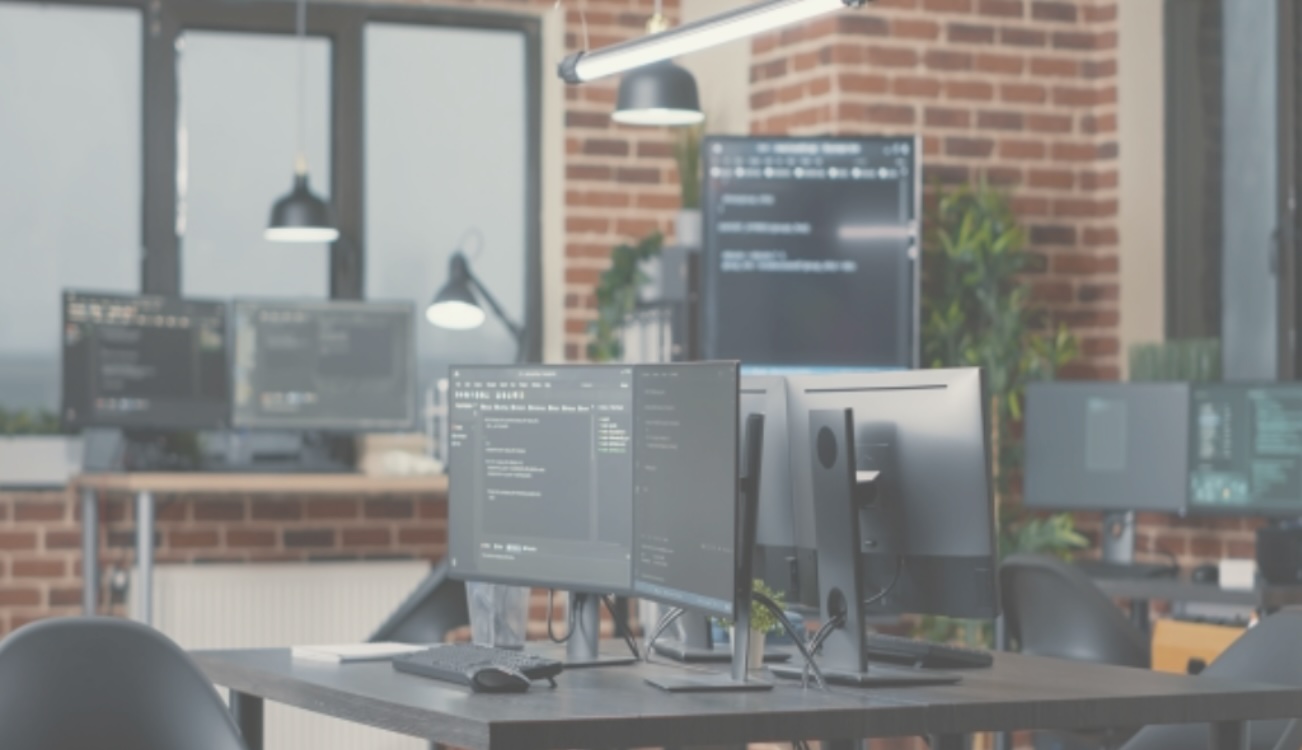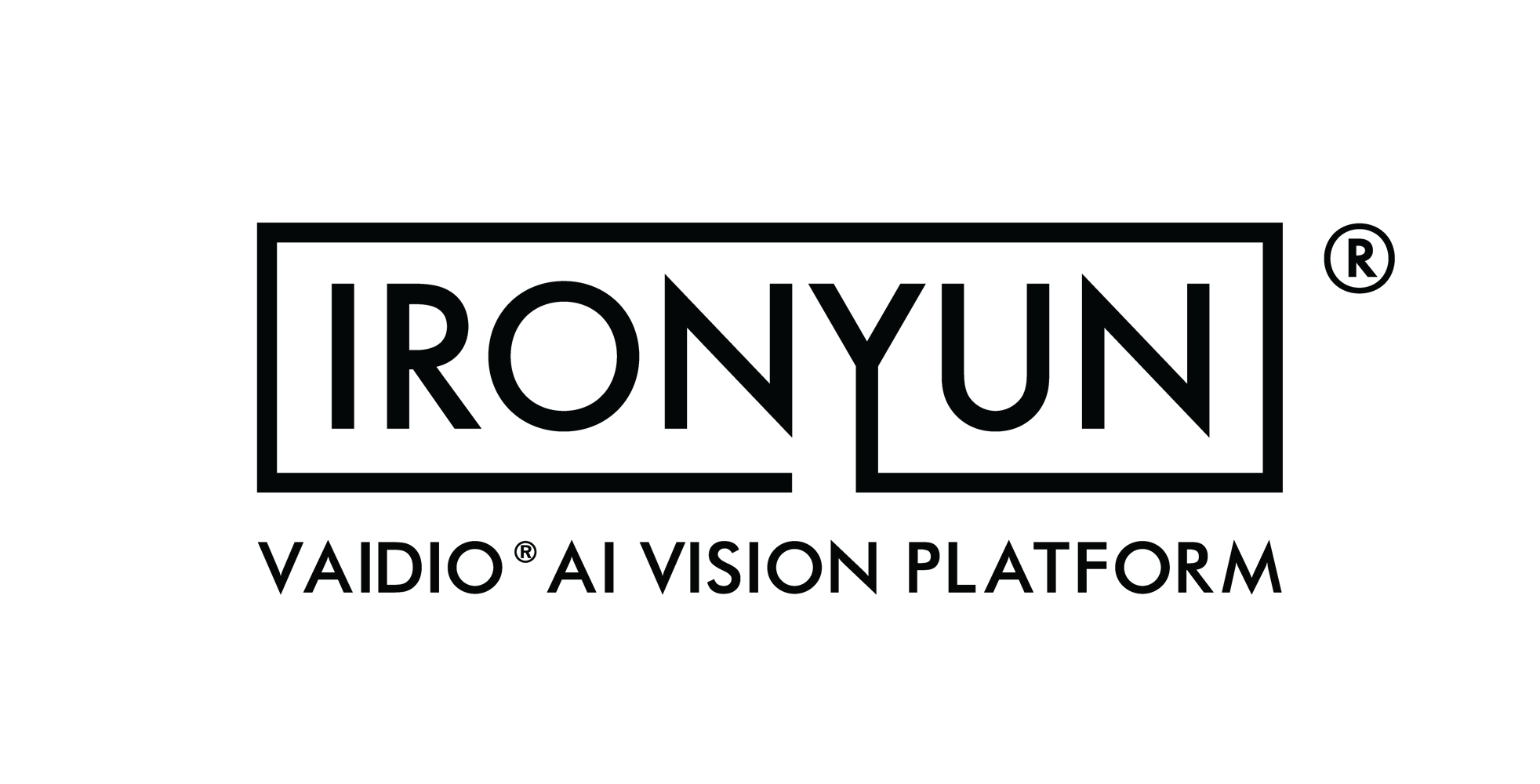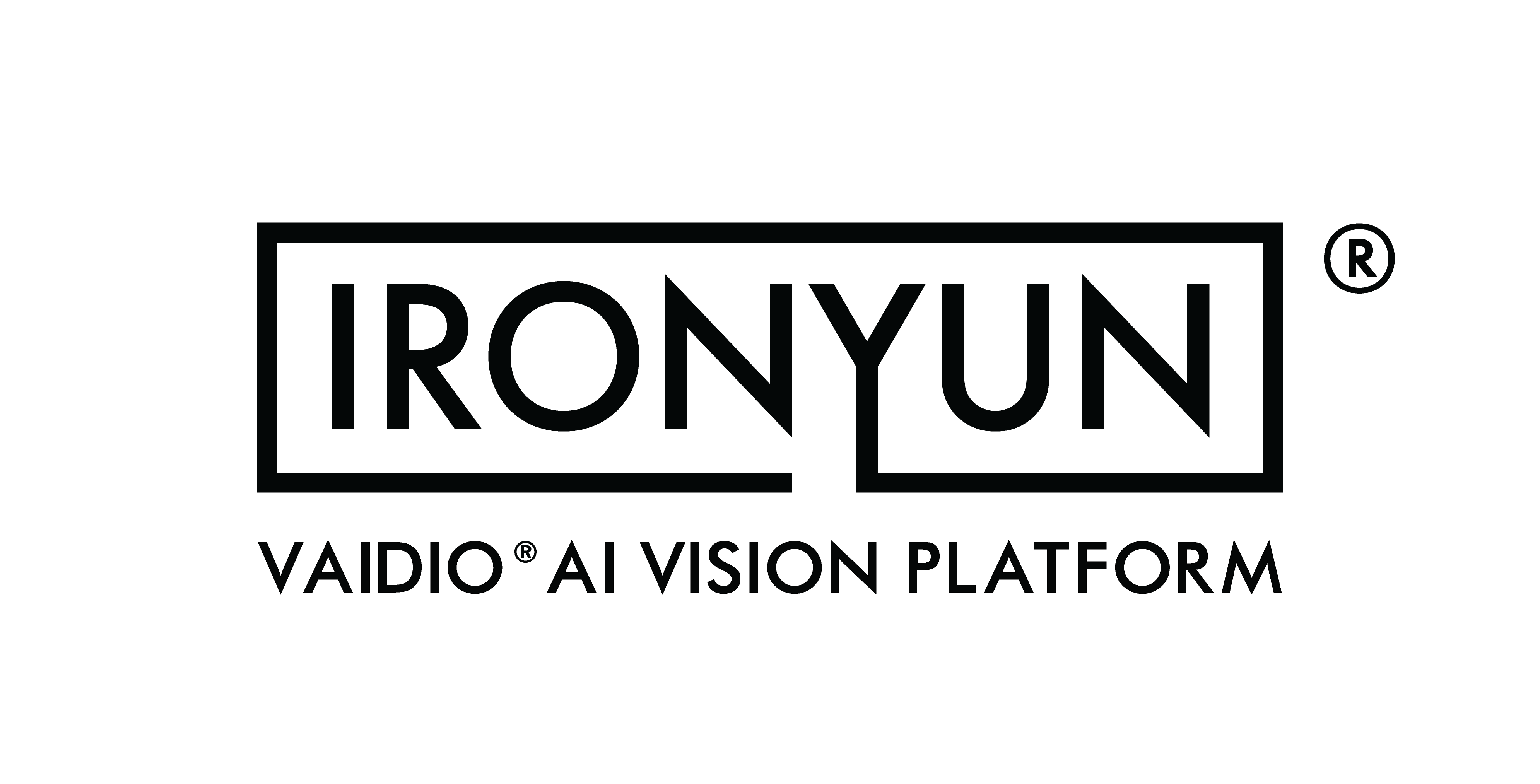
Workplace safety is a critical issue for any business. According to the Occupational Safety and Health Administration (OSHA), in the US, 5,333 workers died on the job in 2019 accounting for about 100 deaths every week. In turn, the total cost incurred for workplace injuries reached a staggering $171.0 billion. This includes losses in wage and productivity ($53.9 billion), medical fees ($35.5 billion), and administrative costs ($59.7 billion).
Most of these cases happen in construction sites, transportation, and agriculture. While workplace safety has always been a priority for businesses, the use of high tech can help detect potential hazards, reduce human error, and overall increase the occupational safety of employees. Thankfully, artificial intelligence, machine learning, and AI technology advancements have significantly improved workplace safety among companies.
In this article, we will talk about the different ways in which artificial intelligence (AI) can improve workplace safety with the help of new technologies in machine learning, computer vision, and more.
Artificial Intelligence In Improving Occupational Safety
Employees working in hazardous environments and with dangerous tasks are susceptible to injuries and fatalities. According to the National Institute for Occupational Safety and Health (NIOSH), employers can use various strategies to protect their workers, such as providing information and training on job hazards, implementing comprehensive safety programs, and using personal protective equipment (PPE).
However, human error is still the leading cause of workplace accidents in many cases. This is where AI can help. With its ability to process and analyze data quickly, AI can identify potential risks and hazards that might be missed by humans.
Here are some use cases of emerging technology in ensuring a safe workplace for your employees.
1. Computer Vision For Monitoring and Surveillance
One of the most promising applications of AI in workplace safety is computer vision. This technology can be used for various purposes, such as monitoring employee behavior, detecting potential hazards, and providing real-time alerts.
For example, thermal cameras can be used to detect heat stress in workers. With this technology, employers can monitor employee temperature in real-time and provide them with the necessary assistance, such as cooling breaks or providing correct PPE.
In addition, computer vision can also be used for surveillance purposes. AI-enabled cameras can also track the movement of employees and identify potential hazards, such as trip hazards or loose equipment along with detecting when a person is in a restricted or dangerous area.
2. Machine Learning for Hazard Identification
Machine learning can be used to identify patterns in data that humans might not be able to detect. This technology can be used to develop predictive models that can help identify potential hazards before they occur.
For example, machine learning algorithms can be used to predict when an employee is likely to suffer a workplace injury. By analyzing factors such as job title, age, and experience, machine learning can help identify patterns in injury data and trigger alerts when it detects a potential hazard.
3. Virtual Reality for Training Employees
Virtual reality (VR) can be used to provide employees with realistic training simulations. This technology can be used to teach safety managers and even human resources how to check for vital signs, how to safely operate equipment, respond to emergencies, and improve workers' safety performance.
For example, Boeing has developed a VR training program for its employees that allows them to experience various emergency scenarios, such as an engine failure or cabin decompression. This program has helped reduce training time by up to 50%.
4. Augmented Reality For Inspections and Maintenance
Augmented reality (AR) can be used to provide employees with instructions and guidance for performing inspections and repairs. With this technology, employees can be provided with real-time information about the equipment they are working on, including part numbers, sizes, and specifications.
For example, AR can be used to help mechanics identify faulty parts and understand how to properly repair them. This technology can also be used to provide workers with safety instructions for performing tasks, such as working at height or repairing a gas line.
5. Machine Learning For Preventing Workplace Harassment
Workplace harassment has always been a major problem in many companies, whether big or small. It can be difficult to detect and can cause a lot of harm to the victim, both physically and mentally.
Fortunately, workforce specialists can use machine learning to help prevent workplace harassment. Businesses can use machine learning algorithms to analyze past incidents and look for patterns that could suggest harassment is going on. This data can then be used to develop models that can be used to predict future incidents.
They can then use this information to help train employees to identify and report any form of sexual harassment. They can also use it to develop policies and procedures that can help reduce the risk of harassment. The use of machine learning to prevent workplace harassment is still in its early stages, but the potential benefits are clear.
6. Construction Site Drones
Drones are becoming increasingly popular in the construction industry for their ability to quickly and easily assess safety risks. By using drones equipped with cameras and sensors, safety managers can remotely monitor construction sites and identify potential hazards, such as loose scaffolding or exposed electrical wiring.
This information can then be used to improve site safety plans and make sure that workers are adhering to safety protocols. Drones can also be used to inspect roofs, construction equipment, and ensure that it is properly maintained and that safety measures are strictly being followed.
7. Voice Recognition For Reporting Accidents
Voice recognition technology powered by natural language processing can be used to help employees report accidents and injuries. With this technology, employees can simply speak into a microphone to report an accident. The voice recognition software will then automatically record the details of the accident.
This technology can help speed up the reporting process and make it easier for employees who may not be able to write. It can also help ensure that accidents are properly documented and that the correct information is collected.
8. Send Alerts To Employees' Phones
Employees can receive safety alerts on their phones to help them stay informed about potential hazards. These alerts can be sent as text messages, emails, or push notifications.
They can be used to warn employees about upcoming work tasks that may be dangerous, such as working with hazardous materials or near-moving machinery. They can also be used to remind employees about PPE checks or to take breaks and stay hydrated.
9. Implement A Safety Management System
A safety management system (SMS) is a comprehensive approach to improve safety in the workplace. It includes policies, procedures, and processes for identifying, assessing, and controlling risks.
SMS can help reduce the number of accidents and injuries in the workplace by making sure that each staff member is aware of potential hazards and knows how to safely perform their tasks. It can also help ensure that safety protocols are being followed and that any incidents are properly investigated.
10. AI For Collecting Data and Important Insights
The computing power of AI can be used to collect massive amounts of data and generate important insights that can improve workplace health and safety. For example, AI can be used to track employee work hours, break times, and task history.
This information can then be analyzed to identify patterns that could suggest problems, such as fatigue or overwork. AI can also be used to monitor hazardous materials and report any leaks or spills. By using AI to collect and analyze data, safety managers can quickly identify risks, assess potentially dangerous situations, and take necessary steps to mitigate them.
Potential Risks Of Relying Too Much on AI for Workplace Safety
While AI has a lot of potential benefits for workplace safety, it is important to note that it is not a universal cure for everything.
There are some situations where humans can’t use AI, and there are some tasks that humans should always do. For example, businesses can use AI to develop new safety equipment and protocols, but they can’t implement them. Humans still have to be involved in the decision-making process.
In terms of harassment in the workplace, while HR can use machine learning to develop predictive models, it still requires human input to be effective. The models won’t be effective unless they are used with human expertise.
Moreover, AI is also ineffective in situations where there is no data available. For example, if a new type of hazard emerges, AI might not be able to predict it. AI relies on data, so if there is no data available, AI would not be able to perform its job properly.
Similarly, since AI is highly dependent on data, if the data is inaccurate or incomplete, the results will be inaccurate or incomplete as well. Thus, it would still need human help in feeding the program with accurate and complete data to produce the desired output.
Final Thoughts
With the help of AI, safety managers can ensure that their employees are safe and healthy while working. The implementation of artificial intelligence automation and technology advancements in managing occupational health and safety indeed has clear benefits and their huge role cannot be overemphasized. With AI, safety professionals can make better-informed decisions, improve safety communication, and keep workers safe.
However, it is important to note that it is not a cure-all solution. AI should be used in conjunction with traditional safety methods, such as employee training and hazard identification. While no technology is a replacement for human intelligence, when used correctly, AI can be an invaluable tool in the quest for a safer workplace.


